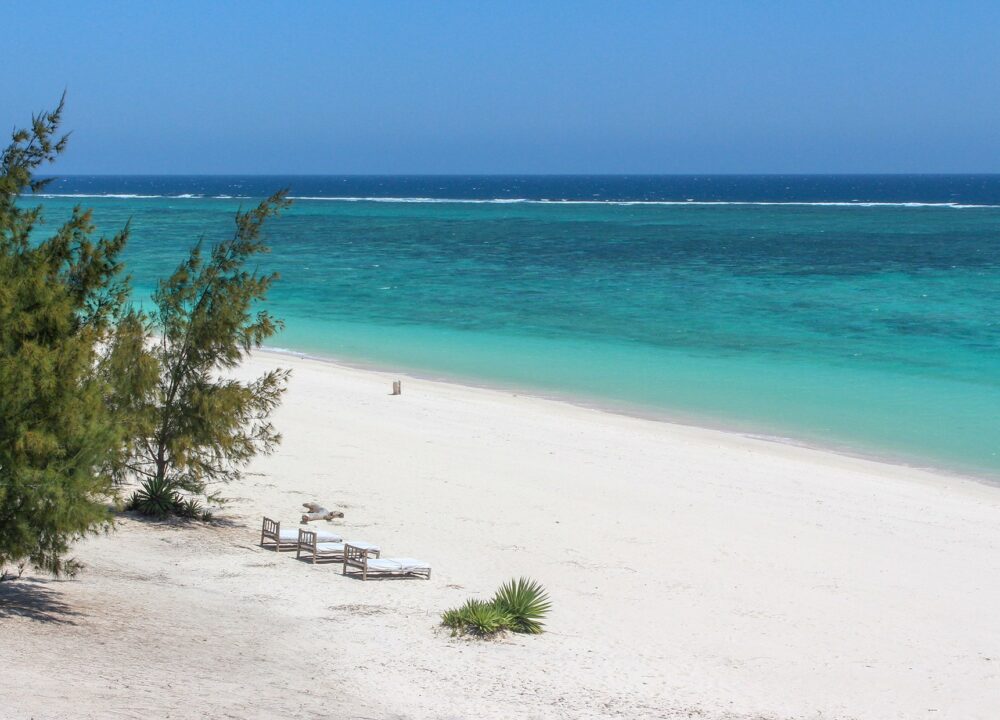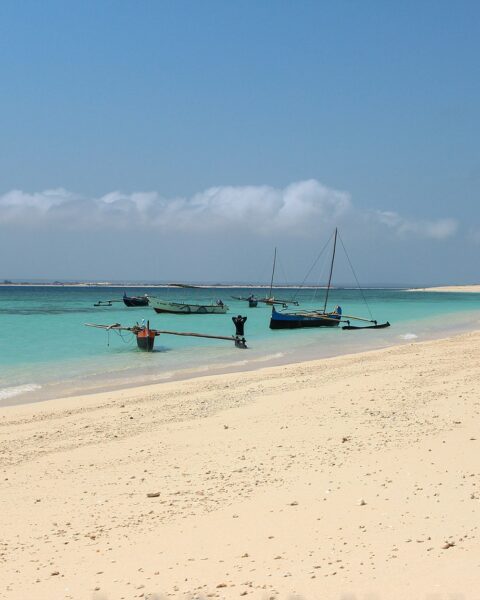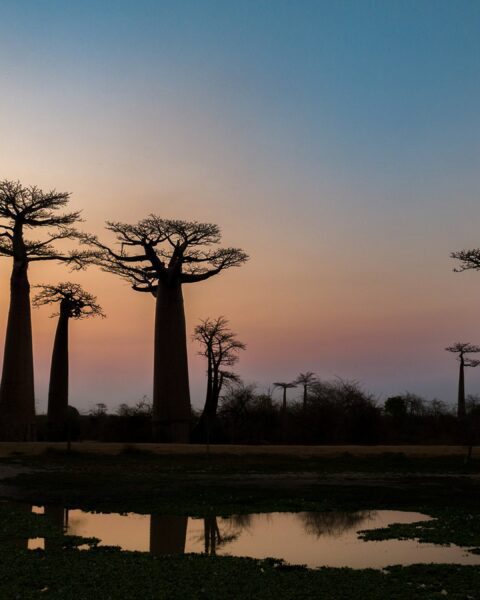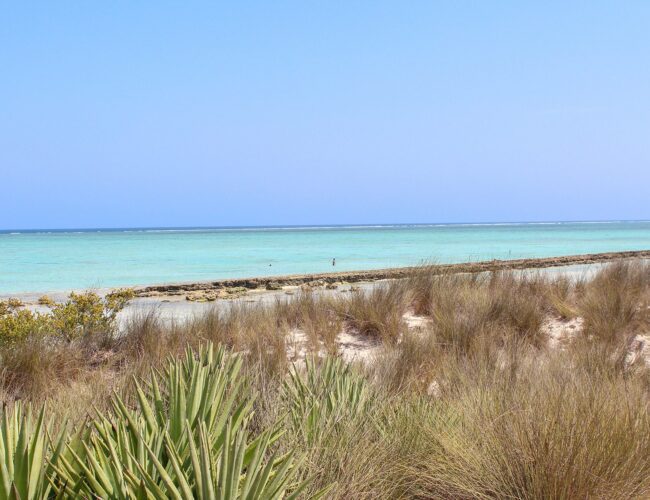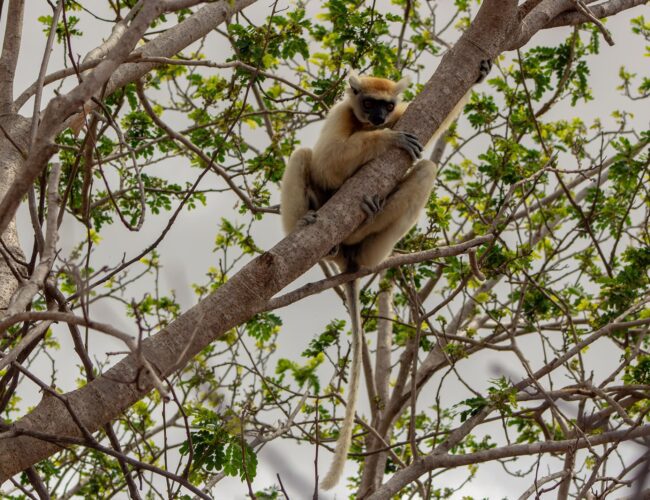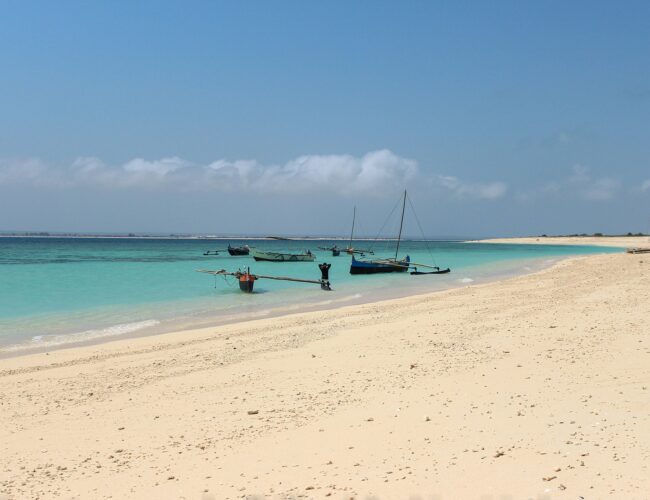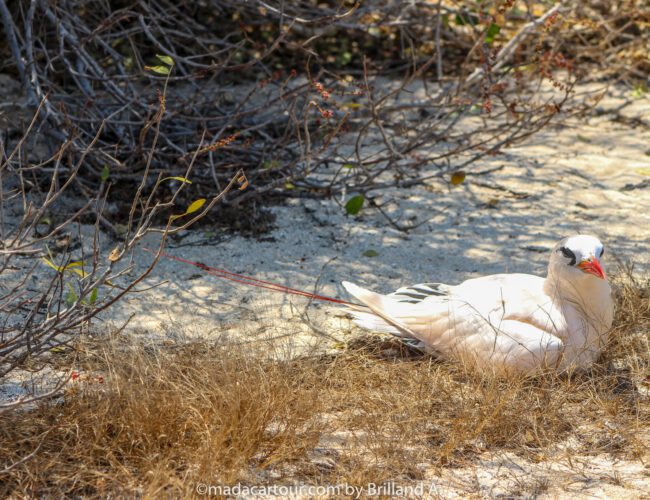Madagascar, the fourth largest island in the world, is a treasure trove of biodiversity, stunning landscapes, and unique cultural experiences. Choosing the best time to visit this tropical paradise depends on what you wish to experience and which part of the island you plan to explore. The island’s climate is highly varied, with distinct wet and dry seasons affecting travel conditions. Generally, the ideal time to visit Madagascar is during the dry season, from April to October, when the weather is pleasant, and wildlife viewing is at its best.
Travel to the North
The northern part of Madagascar, home to the lush rainforests of the Masoala Peninsula and the pristine beaches of Nosy Be, experiences warm, tropical weather year-round. However, the dry season from May to October is particularly favorable for visiting the north. During these months, the skies are clear, and rainfall is minimal, making it perfect for outdoor activities like trekking, snorkeling, and exploring national parks. July to September is also the humpback whale watching season around Île Sainte-Marie, offering a spectacular sight as these majestic creatures migrate to warmer waters.
Visiting the South
In contrast, the southern region of Madagascar, characterized by its arid landscapes, spiny forests, and unique rock formations, is best visited during the cooler, dry months from April to October. The south can be unbearably hot during the peak summer months of November to March, which also coincide with the rainy season. Visiting during the dry season allows travelers to comfortably explore iconic sites like the Avenue of the Baobabs, Isalo National Park, and the Andringitra Mountains. Whether you are drawn to the verdant north or the rugged south, timing your visit during Madagascar’s dry season ensures a memorable and comfortable travel experience.
